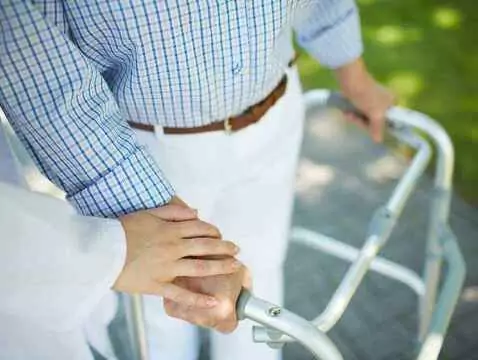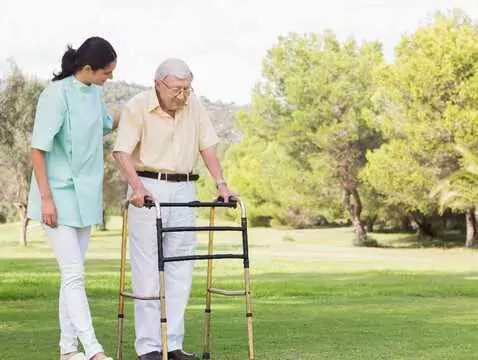Rehabilitation after ischaemic stroke conventionally covers a period of 4 to 6 weeks.
It includes the following stages: appropriate diagnosis, initial prognosis assessment, functional assessment, detailed rehabilitation planning and then rehabilitation.
The most important assumptions for patients are as follows:
- self-care,
- independence,
- locomotion.
It is very important to remember that the method chosen by the rehabilitation team can never be regarded as the only one.
During a hospital stay , correct positioning of the patient in bed (early rehabilitation) plays a key role. This prevents pressure sores and contractures. Massage is very often included. Most often, attempts are made to seat the patient with the legs on the bed on day 5 and to seat the patient with the legs lowered off the bed on day 6.
The patient should be observed at all times as fainting and balance problems may occur. When the patient is stable and on strength, on day 7, verticalisation and then learning to walk is started. During learning to walk, the patient should be monitored at all times to observe for breathlessness, breathing problems, bluish lips and face, fainting and sweating. Initially, the distance should be very short and on a flat surface.

photo: iStock
Once this has been mastered, longer distances can be walked. The next step is to learn to walk on uneven, sloping surfaces and, finally, to walk up and down stairs; exercises should be carried out at a frequency recommended by qualified personnel .









